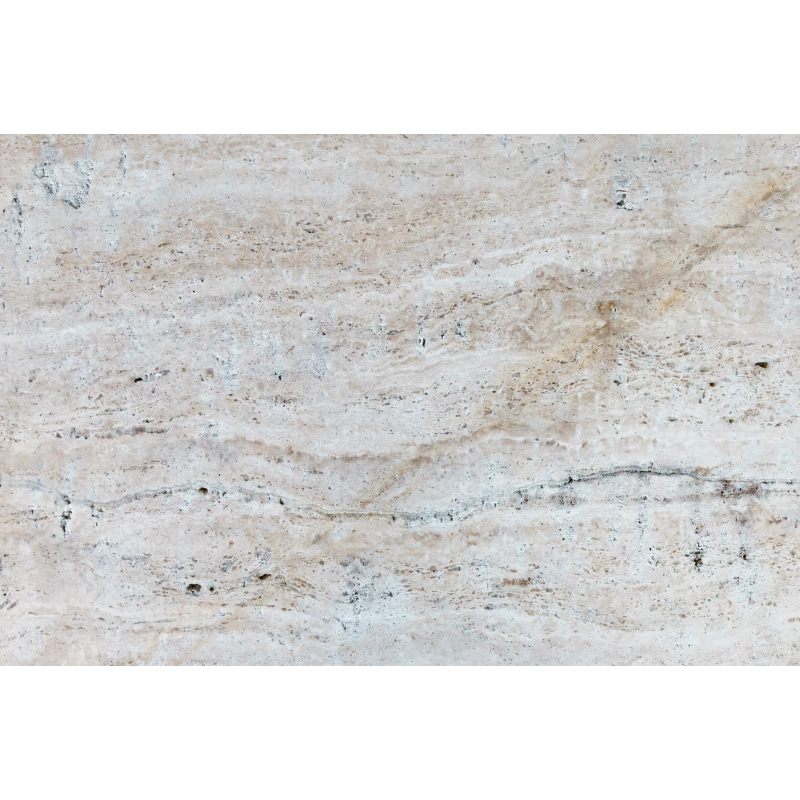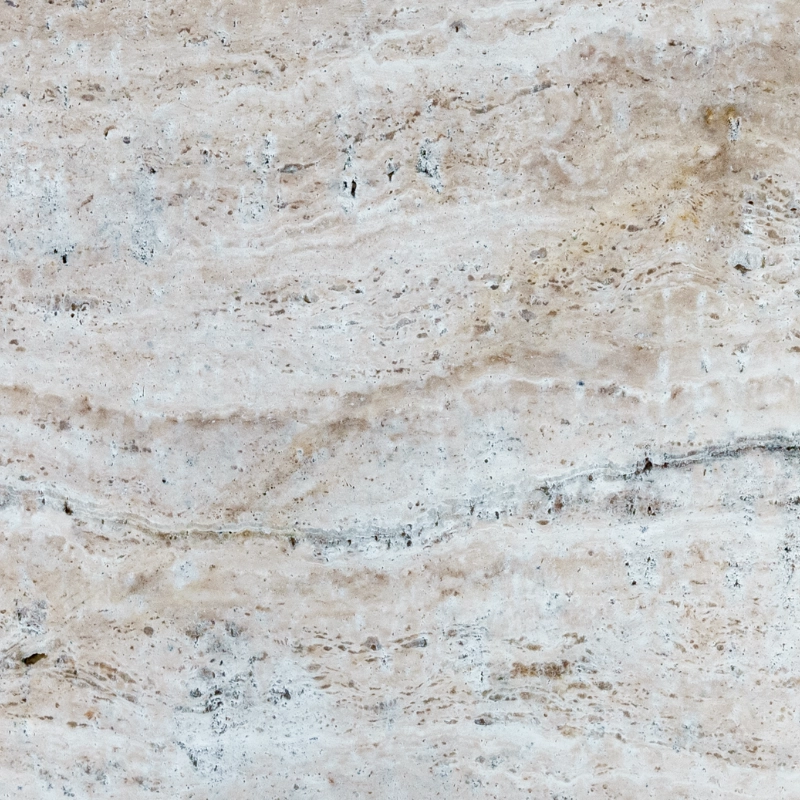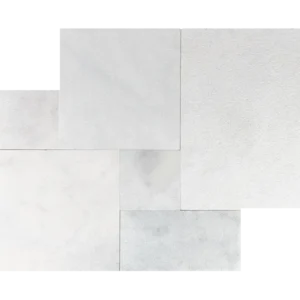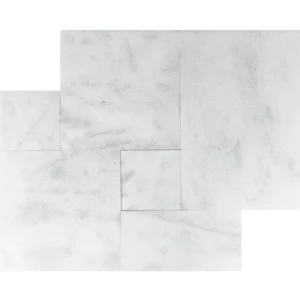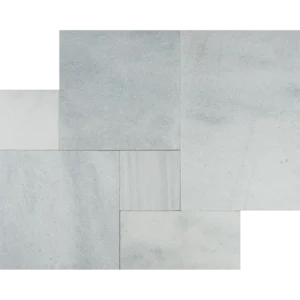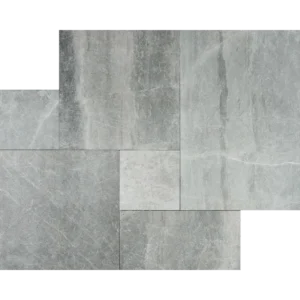Norwegian River 16″x24″ Tumbled Travertine Paver – River-Worn Gray Style
Bring calm, natural character to hardscapes with the Norwegian River 16″x24″ Tumbled Travertine Paver.
Its stream-inspired grays and soft taupes feel modern yet organic.
The tumbled finish adds texture and dependable grip for daily use.
Because the 16″x24″ format is generous, layouts read open with fewer joints.
Install in running bond or staggered rows for clean rhythm.
Additionally, the weathered edges deliver an easy, time-worn look that pairs well with wood, metal, and greenery.
Key Features
- Material: Premium natural travertine
- Color: Cool gray and taupe with gentle movement
- Finish: Tumbled texture for traction and character
- Size: 16″x24″ (nominal)
- Edge: Softly weathered, rounded profile
- Patterns: Running bond, staggered, modular mixes
Where It Shines
- Patios and terraces for a refined, open look
- Pool surrounds with comfortable underfoot texture
- Garden paths and entries that blend with landscape
- Courtyards and light commercial walkways
With routine sealing and simple care, this stone keeps its tone and texture season after season.
Therefore, it’s a smart choice when you want long-lasting performance and quiet, contemporary style.
Installation Guide – Norwegian River Tumbled 16″x24″ Travertine Paver
Important Note
This guide covers only the paver covering phase. Sub-base and bedding preparation must be completed by qualified professionals prior to installation.
Step 1: Dry Layout & Planning
- Dry-lay pavers to assess natural color/vein variation and tumbled-edge differences.
- Choose a balanced layout—running bond, ashlar, or a staggered grid works well for 16″x24″.
- Snap chalk lines or use a laser to create straight reference lines for consistent courses.
Step 2: Paver Placement
- Set each 16″x24″ paver gently onto the prepared bedding surface along your guide lines.
- Maintain uniform joint spacing of 1/8″–1/4″ to accommodate joint filler.
- Tap with a rubber mallet to fully seat the paver; check adjacent edges frequently to avoid lippage.
Step 3: Cutting & Edge Finishing
- Use a wet saw with a diamond blade rated for travertine for clean, accurate cuts.
- Support large-format pieces during cutting to prevent edge chipping or fractures.
- Smooth exposed cut edges with a rubbing stone to blend with the tumbled finish.
Step 4: Joint Filling
- Fill joints with polymeric sand or a travertine-compatible joint filler.
- Gently compact the surface and sweep away excess material.
- If using polymeric sand, lightly mist to activate per manufacturer instructions.
Step 5: Sealing & Maintenance
- After installation is dry, apply a breathable, penetrating sealer suitable for exterior travertine.
- Re-seal every 1–2 years depending on exposure and traffic.
- Clean with pH-neutral stone cleaners only; avoid acidic or abrasive products.
Disclaimer
Travertine is a natural stone and may show tonal variation, surface pits, and veining—these are inherent characteristics, not defects. Always dry-lay and inspect materials before final installation. Professional installation is recommended for best performance and longevity.


